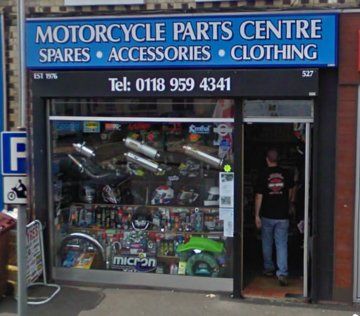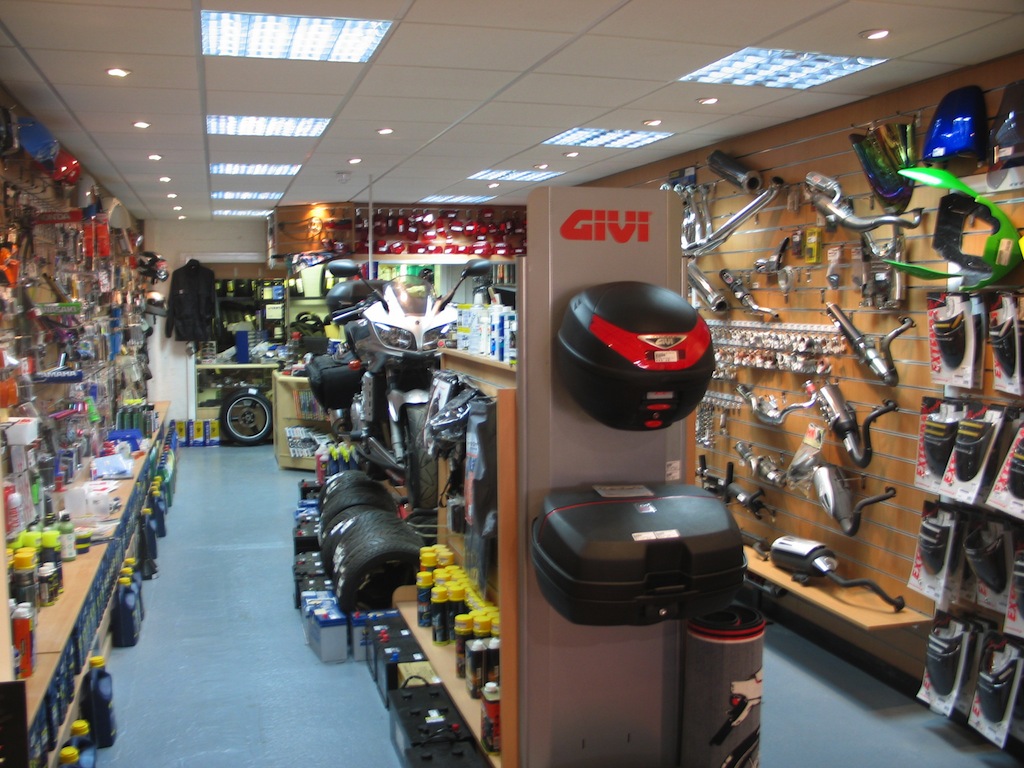Necessary Motorcycle Parts NZ for Peak Performance and Safety And Security
Necessary Motorcycle Parts NZ for Peak Performance and Safety And Security
Blog Article
Recognizing the Important Parts of a Motorcycle: A Comprehensive Overview for Enthusiasts
For motorbike fanatics looking to boost their riding experience and guarantee their bikes run smoothly, recognizing the essential components of a motorbike is paramount. Each element, from the engine's elaborate functions to the crucial role of the braking systems, not only affects efficiency but also safety and comfort.
Engine Elements

The camshaft plays a crucial function in managing the timing of the engine's valves, ensuring the accurate opening and closing essential for reliable gas and air intake, in addition to exhaust expulsion. This timing is crucial to maintaining optimum engine performance and efficiency. Additionally, the carburetor or fuel shot system, relying on the bike version, is accountable for blending air with gas in the right proportion for burning.
The cooling system, either air or liquid-based, works to maintain the engine's temperature within operational restrictions, stopping overheating and ensuring durability - mx parts nz. Each component, meticulously made and incorporated, adds to the seamless operation of the engine, specifying the bike's power result and total performance
Transmission System
Integral to the motorcycle's functionality, the transmission system ensures reliable power transfer from the engine to the wheels. This system consists of a number of critical parts, including the clutch, gearbox, and final drive, each playing an essential duty in converting the engine's power right into movement. The clutch, generally run by a hand lever, offers to disengage the engine and engage from the transmission, permitting for smooth equipment adjustments and controlled velocity.
The transmission, frequently described as the transmission proper, includes a collection of gears that cyclists can manually shift with to change the bike's speed and torque result. These gears are arranged in a sequence that enables the motorbike to accelerate efficiently and preserve optimal engine efficiency throughout numerous speeds. A lot of bikes utilize a consecutive gearbox, requiring the biker to move gears in an established order.
Braking Systems
While recognizing the transmission system is vital to using a bike's power, similarly essential is the capability to manage and quit that power effectively, which is where stopping mechanisms enter play. Brakes are critical for safety and security and performance, giving the rider with the essential control to browse various surfaces and problems. Usually, bikes include two sorts of braking systems: disc brakes and drum brakes.
Disc brakes are extra common in modern-day motorcycles due to their superior performance. This system uses much better warm dissipation, constant performance, and improved quiting power, particularly in damp conditions.
Alternatively, drum brakes, though less typical, are still found in some bikes. They work by pushing brake footwear against the internal surface area of a drum connected to the wheel. While typically much less effective in heat dissipation and quiting power, drum brakes are less complex and much more affordable.
Comprehending these braking systems' subtleties permits riders to keep their motorbikes effectively and value the design that makes sure risk-free and effective quiting.
Suspension and Steering
Suspension and guiding systems are crucial components that considerably influence a motorbike's handling and ride comfort. The suspension system, including forks at the front and shock absorbers at the back, takes in road abnormalities, enhancing security web and control. Front forks, commonly telescopic or inverted, compress and rebound to minimize effects, while back shock absorbers preserve tire contact with the roadway, critical for grip and safety and security.
Guiding, centered around the handlebars, attaches the rider to the motorcycle's directional control. The guiding head bearings guarantee smooth operation, allowing specific maneuverability. Appropriate alignment and maintenance of these bearings are vital for predictable steering reaction and decreasing biker tiredness.
The suspension's adjustability is an additional essential element; preload, damping, and rebound setups enable modification to match various riding styles and conditions. This flexibility is vital for optimizing performance, whether click reference browsing metropolitan streets or dealing with sturdy tracks. Advancements like digital shock absorber offer real-time adjustments, enhancing trip quality across varied terrains.

Electrical Equipments
After guaranteeing a controlled and smooth trip with reliable suspension and guiding systems, attention transforms to the electrical systems, a crucial element of modern-day bikes. These systems play an important function not just in starting the engine but likewise in powering various elements that improve the functionality and security of the motorbike.
At the heart of a bike's electrical system is the battery, which shops electric energy needed for beginning the engine and powering auxiliary systems - motocross parts nz. The generator or generator, paired with the rectifier-regulator, makes sure the battery continues to be charged while the bike is in operation, transforming mechanical power into my website electric energy and keeping voltage levels
The ignition system, another vital element, is accountable for stiring up the air-fuel blend in the engine's cyndrical tubes. Modern bikes commonly utilize a digital ignition system, using greater performance and integrity compared to traditional systems.
Lighting systems, including fronts lights, tail lights, and indicators, are also important, ensuring presence and security for the rider. Added digital parts such as sensors, control systems, and displays add to advanced functions like gas injection management, anti-lock braking systems (ABDOMINAL MUSCLE), and electronic dashboards, additionally improving the riding experience.
Final Thought
A thorough understanding of a motorcycle's important components, including the engine, transmission system, braking devices, suspension, steering, and electrical systems, is indispensable for lovers intending to enhance safety and security, efficiency, and convenience. Proficiency of these aspects permits for notified choices pertaining to upkeep and upgrades, eventually boosting the riding experience. By integrating this expertise, cyclists can ensure their motorbikes run at peak performance and reliability, consequently making the most of both satisfaction and longevity of their lorries.
For bike enthusiasts looking to boost their riding experience and ensure their bikes run smoothly, recognizing the vital elements of a bike is paramount.Integral to the motorbike's functionality, the transmission system ensures effective power transfer from the engine to the wheels.While recognizing the transmission system is vital to harnessing a motorbike's power, just as important is the capacity to regulate and quit that power effectively, which is where braking systems come right into play. Usually, motorbikes feature two types of braking systems: disc brakes and drum brakes.
A detailed comprehension of a motorcycle's vital components, including the engine, transmission system, stopping devices, suspension, guiding, and electrical systems, is vital for enthusiasts aiming to enhance security, comfort, and efficiency.
Report this page